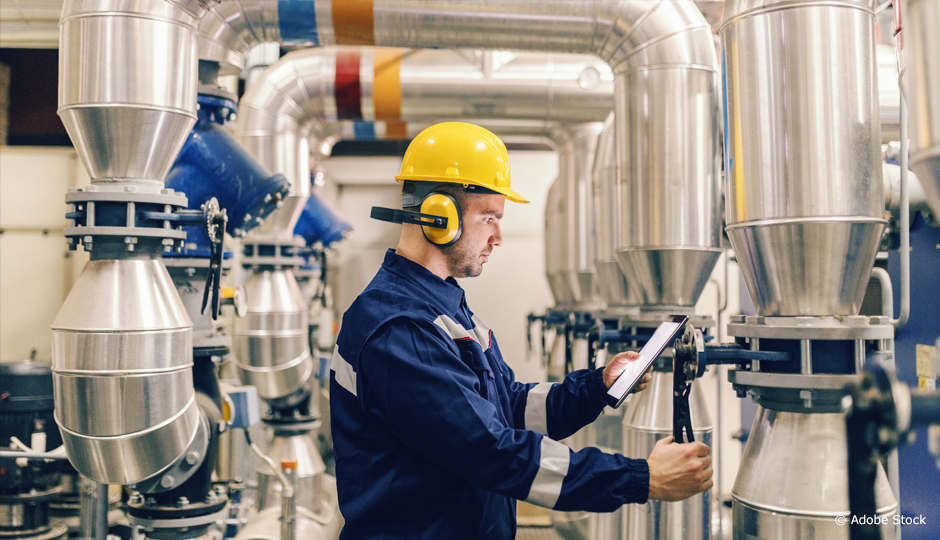The Québec energy policy aims to increase bioenergy production by 50%. To help reach this ambitious target, biohydrogen is a promising option. It is currently produced through fermentation by feeding certain bacteria with organic residues (fruits, vegetables, manure, etc.). In digesting their “lunch”, the bacteria produce biohydrogen which can be used directly as fuel in, for example, a conventional engine or a fuel cell, in order to produce electricity and heat. Patrick Drogui, an electrotechnology specialist at INRS Eau Terre Environnement Research Centre, is proposing to improve the “recipe” for biohydrogen production by combining electrolysis with the fermentation process.
Electrolysis has a catalytic effect on fermentation without the need for chemical additives.
Drogui has shown that bringing together certain types of electrodes – electric conductors – and the right bacteria not only increases the emission of biohydrogen, but also produces basic molecules such as biobutanol, which can be used in the development of biofuels and as an ingredient in cosmetics.
To get to this point, the researcher teamed up with fermentation experts to review the literature on the best bacteria for converting organic matter into biohydrogen. He then tested several bacteria/electrode combinations. During laboratory trials, Drogui and his team succeeded in quintupling the biohydrogen production rate compared to the conventional fermentation process.
Electrolysis has a catalytic effect on fermentation – i.e. it speeds up the process – without the need for chemical additives. Patrick Drogui’s next challenge will be to demonstrate the method’s energy efficiency and efficacy on a pre-industrial scale.




